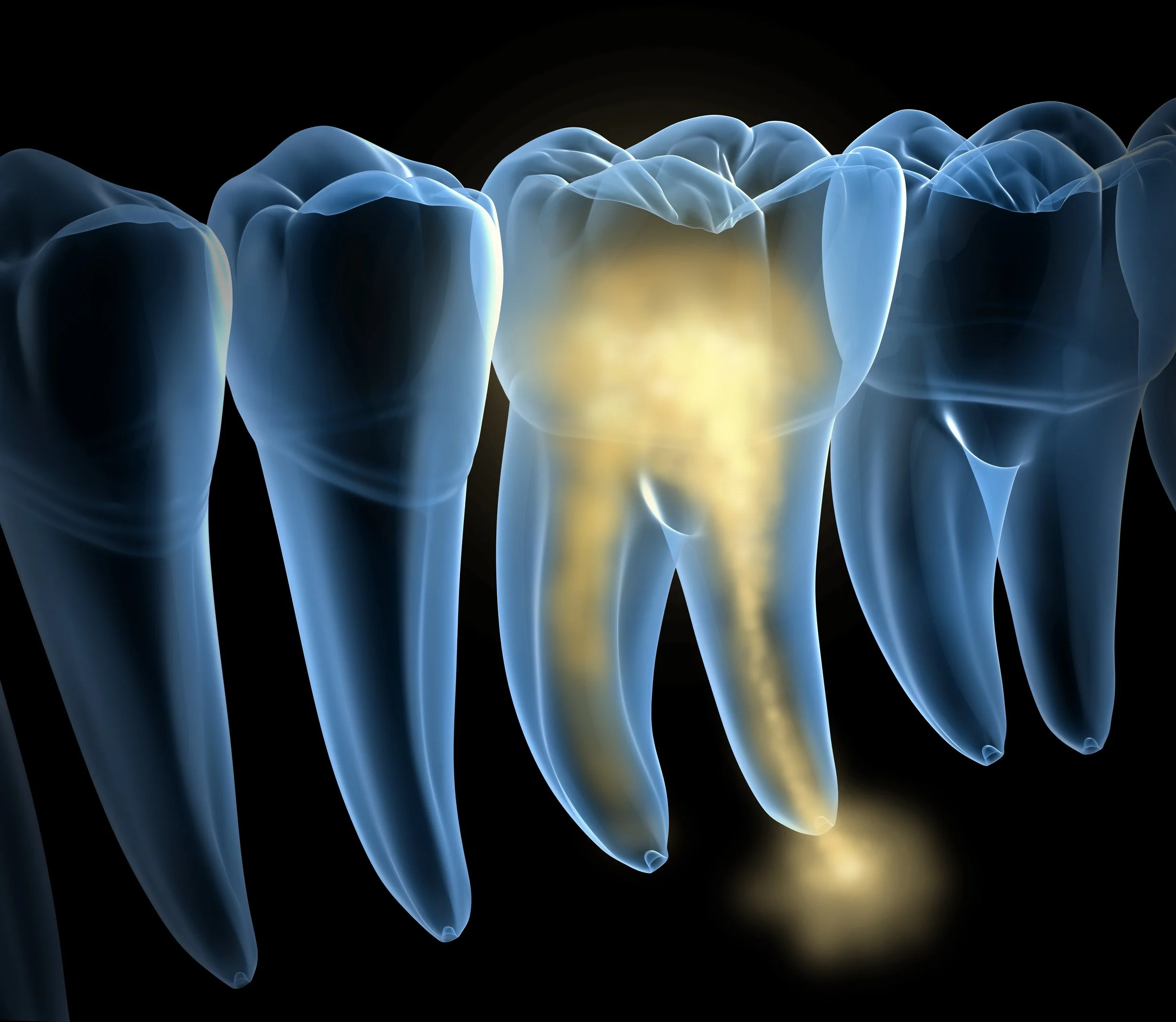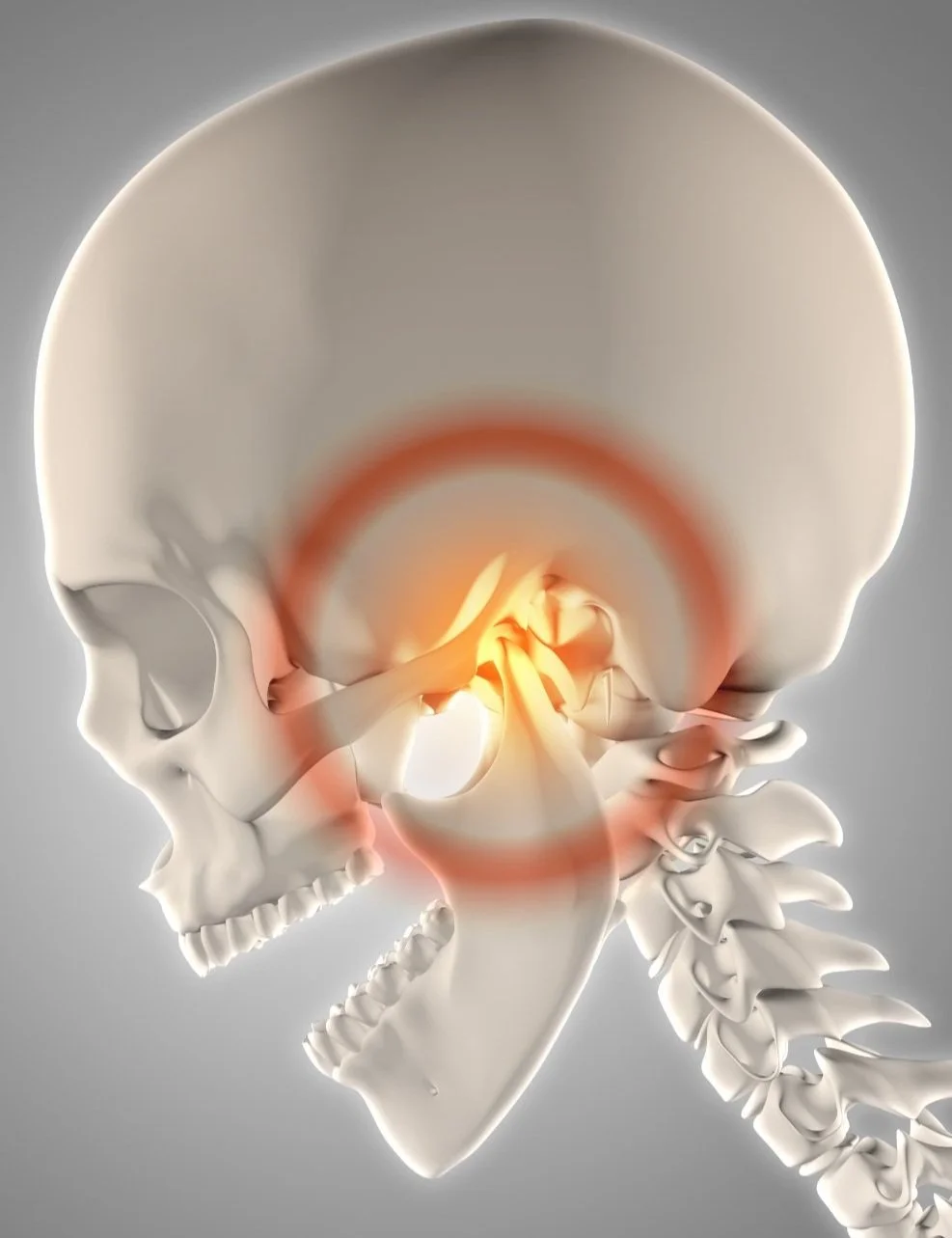I Have Pain in my Mouth…Does That Mean I Have a Cavity?
Contrary to popular belief, pain in your mouth does not usually signal a cavity. For the average person, a small to medium sized cavity will produce no symptoms. As the cavity increases in size, you may experience sensitivity to cold or sweets. By the time you have an actual toothache, the cavity has typically become so large that it has damaged the nerve inside the tooth.
So where is the pain coming from?
The most logical source is from a tooth. But which tooth? After all, there are potentially 32 to choose from. Sometimes a visual exam and an x-ray are all that’s needed to diagnose the problem. And other times, it’s not so straightforward. Like trying to determine which smoke alarm battery is chirping, your dentist may need to do some testing.
What you can do ahead of time
To assist with the diagnosis:
Don’t take pain medication before your appointment as it can mask your symptoms.
Keep notes on what triggers the pain. If the discomfort is unprovoked, that’s important information to share. Also, does the pain wake you up at night?
Include the location, duration, and intensity in your record keeping.
Is the pain intermittent? Is it sharp or dull?
What will your dentist do?
Of course she won’t be testing all 32 of your teeth. She will try to narrow down the vicinity of your pain. There is, however, the phenomenon of referred pain where the tooth that hurts is not the actual source of the problem.
Tests will be performed with different stimuli such as cold and heat. The dentist may also push or tap on the teeth, or ask you to bite down on something. She may check the gum (periodontal) health of the teeth by taking measurements and evaluating their looseness.
Your feedback is important.
When there’s no obvious cause, your reaction to the different tests is critical. This may seem like a low-tech, unscientific way to diagnose your concern. And to some extent, it is. But when there’s no pathologic evidence of a problem in one of your teeth, it’s one way to collect data.
The results from the tests must also be reproducible. This means that if you test now and again hours later, your feedback should be identical.
Given that multiple teeth are serviced by the same nerve, it stands to reason that the results may be inconsistent and contradictory – and understandably frustrating. You want a quick solution and your pain to be over. Your dentist may be equally frustrated seeing your distress yet unable to pinpoint a cause.
When there’s no definitive diagnosis, the best thing to do is wait.
Although this sounds, yes…painful, the most conservative approach is to do nothing. If the source is from a tooth, the situation will either get better, worse, or remain the same. Give it time. For instance, cracks in teeth are notoriously challenging to localize because the discomfort is intermittent, fleeting, and difficult to test.
Do not agree to treatment until you know exactly what the problem is. Patients with neurological conditions such as trigeminal neuralgia have undergone sequential root canals, only to find their pain unabated.
Do not pressure your dentist to come up with a solution when the cause hasn’t been identified. If the condition is ongoing and still mysterious, ask your dentist for a referral to another professional who may be more knowledgeable or have access to more sophisticated testing. For example, a 3-dimensional scan can reveal information that a traditional x-ray won’t show.
Or seek a second opinion.
Sometimes the problem stems from something other than your teeth.
Gum Issue
Teeth that suffer from gum problems can develop infections and/or cause pain. Occasionally the source of pain is complex, involving both the nerve in the tooth and the gums surrounding it.
Sometimes trapped food, such as a popcorn kernel, can result in pain. And ask any parent who’s undergone teething with their children. They can attest to the child’s discomfort. In addition, wisdom teeth eruption can be particularly painful, often including an inability to open the jaw normally.
Sinuses
Sinus congestion is frequently confused with a toothache. However, one distinguishing feature of a sinus infection is that multiple teeth, all on the same side, will be sensitive to chewing.
Grinding or Clenching
First, grinding and clenching are two different behaviors. Grinding involves the rubbing back and forth of all your teeth and can result in loss of enamel. If the enamel is worn so thin that the second layer of dentin is exposed, the tooth can become very sensitive.
Clenching is the sustained squeezing together of your teeth. When you clench, the masseter and temporalis muscles contract and may result in spasms. Clenching also produces hairline fractures in your teeth, which enlarge the more you clench.
Temporomandibular Joint (TMJ) Problems
The joints, one on either side, that operate your lower jaw can be subject to arthritic and bony degeneration. Soft tissue changes and muscle spasms can ensue.
Headaches
Headaches can refer pain to your teeth. Conversely, a toothache can trigger a migraine headache. Similarly, grinding or clenching can also cause headaches.
Trigeminal Neuralgia
Trigeminal neuralgia is a chronic neurological condition characterized by often intractable pain that can be triggered by a stimulus as minor as a breeze on the face. Historically, this condition has been confused with severe toothaches and patients are so desperate for treatment that unnecessary root canals have been done.
Referred Pain
Referred pain can originate from another tooth or from a separate part of your body. The classic example is jaw pain that accompanies an impending heart attack. Earaches are sometimes confused with toothaches.
Hormonal Fluctuations
Preceding or during menstrual cycles, women sometimes report increased sensitivity in their teeth. Gum problems can also develop during pregnancy.
Psychosomatic
To say “it’s all in your head” is insensitive and simplistic. Pain pathways are complex and there’s much about the cognitive process we don’t fully understand.
Idiopathic
This is a fancy word for when there’s no apparent explanation for the pain.
The bottom line…
The structures in the head – teeth, gums, sinuses, joints, muscles, nerves – are all connected. The source of pain is often related and multi-faceted. Pain in your teeth doesn’t necessarily mean you have a cavity. In fact, most of the time, it won’t mean that unless the cavity is already a substantial size.
So when you’re told, “You have a cavity,” your response may be, “But it doesn’t bother me. Why should I fix it?” I wish humans had a better early detection system for all our potential ailments (think cancer), but we don’t. The prudent course of action is to get the cavity filled…before it turns into a more serious – and costly – situation.





